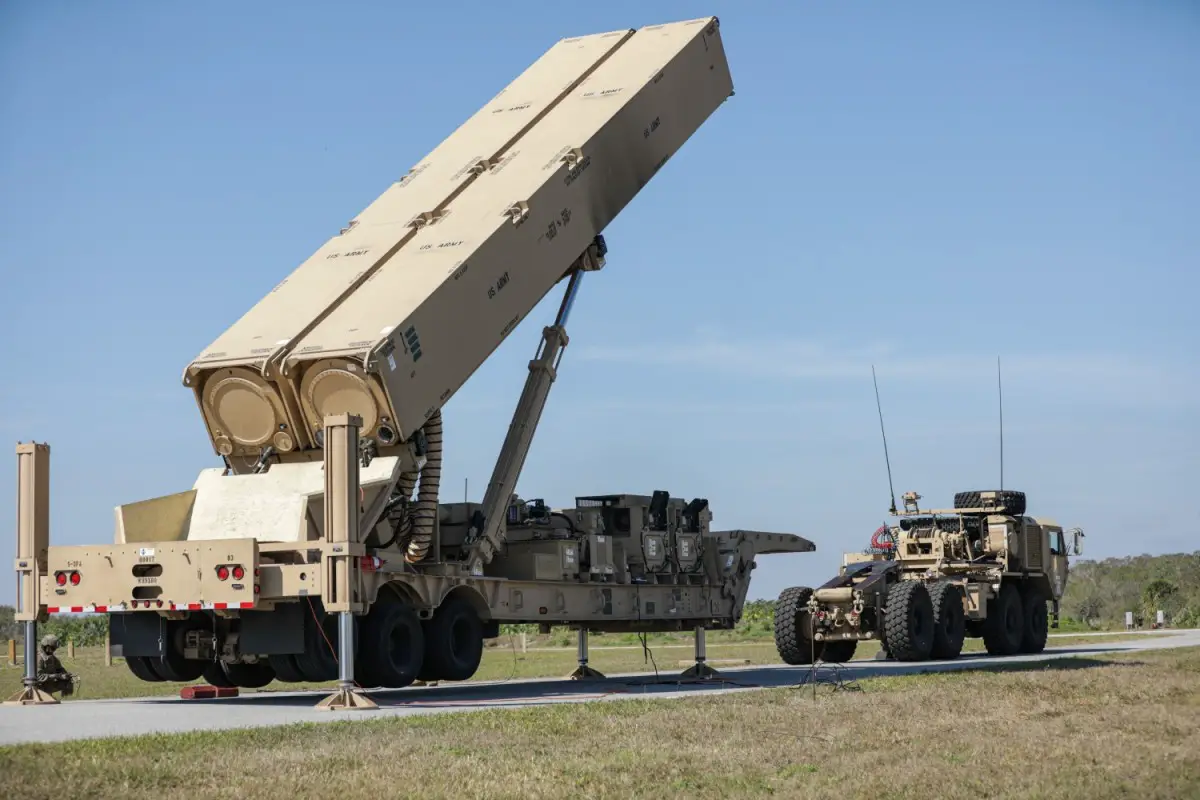Lockheed Martin Corp., Huntsville, Alabama, was awarded a $104,698,553 modification (P00006) to contract W31P4Q-23-C-0008 for Long-Range Hypersonic Weapon ground support equipment. The Long-Range Hypersonic Weapon (LRHW) is a medium-range surface-to-surface hypersonic weapon for use by the United States Army. Work will be performed in Huntsville, Alabama, with an estimated completion date of Feb. 28, 2028. Fiscal 2023 missile procurement, Army funds; and fiscal 2023 research, development, test and evaluation, Army funds in the amount of $104,698,553, were obligated at the time of the award. Army Contracting Command, Redstone Arsenal, Alabama, is the contracting authority.
The Long-Range Hypersonic Weapon consists of a large rocket booster that carries the unpowered Common-Hypersonic Glide Body (C-HGB) in a nose cone. Once the booster reaches significant altitude and speed, it releases the C-HGB, which glides at hypersonic speeds as it descends towards its target. Dynetics will build the glide vehicle while Lockheed Martin will build the booster as well as assemble the missile and launch equipment. The C-HGB has been successfully tested twice, in October 2017 and March 2020. The missile is planned to enter service with the Army in 2023. The United States Navy intends to procure a ship/submarine-launched variant of the missile as part of the service’s Intermediate-Range Conventional Prompt Strike (IRCPS) program.

The United States Army intends to deploy the Long-Range Hypersonic Weapon (LRHW) in an eight missile battery containing four M983 trucks and trailers each holding two missiles in launch canisters alongside a command vehicle. The LRHW has been named Dark Eagle by the US Army. In February 2023, the 5th Battalion, 3rd Field Artillery Regiment (5-3 LRFB) — 1st MDTF’s long-range fires battalion— deployed the LRHW from Joint Base Lewis-McChord, Tacoma, Washington to Cape Canaveral, Florida. The first battery of missiles was expected to be deployed by end of September 2023. On 7 September 2023, a test launch of the LRHW system was canceled due to an unspecified failure of pre-flight checks.
The design of the Common-Hypersonic Glide Body is based on the previously developed Alternate Re-Entry System, which was tested in the early 2010s as part of the Army’s Advanced Hypersonic Weapon program. The Alternate Re-Entry System was itself based on the Sandia Winged Energetic Reentry Vehicle Experiment (SWERVE) prototype developed by Sandia National Laboratories in the 1980s. Design work is by Sandia while Dynetics constructs prototypes and test units. In June 2022 in Hawaii, a launch failure of Conventional Prompt Strike occurred after ignition. The test of an All-Up-Round for CPS, which uses a two-stage booster, failed before ignition of the Common-Hypersonic Glide Body.













